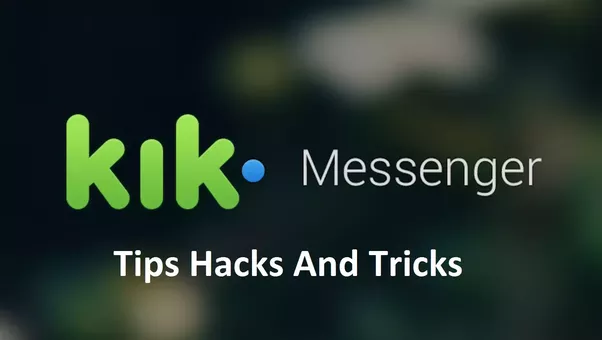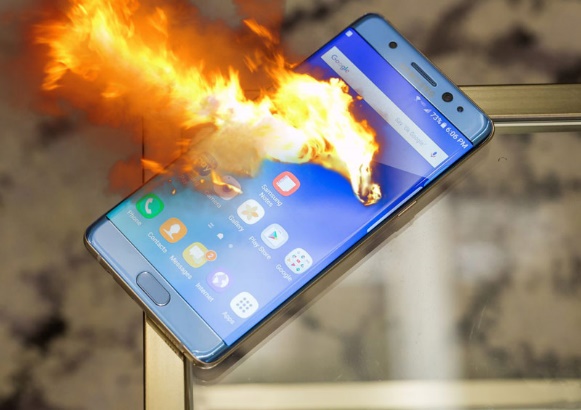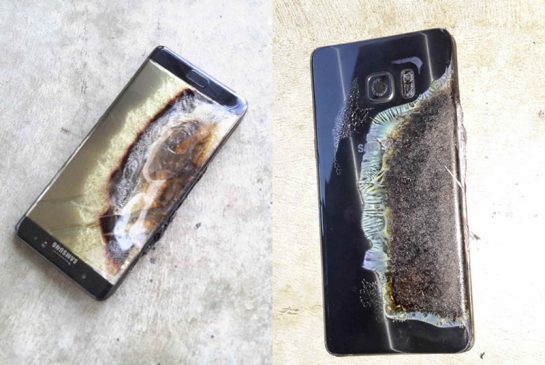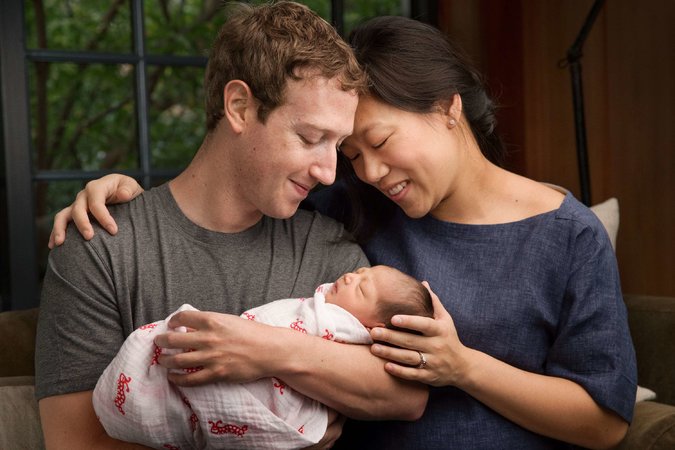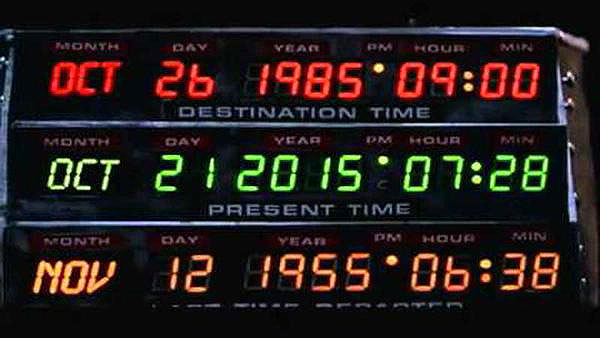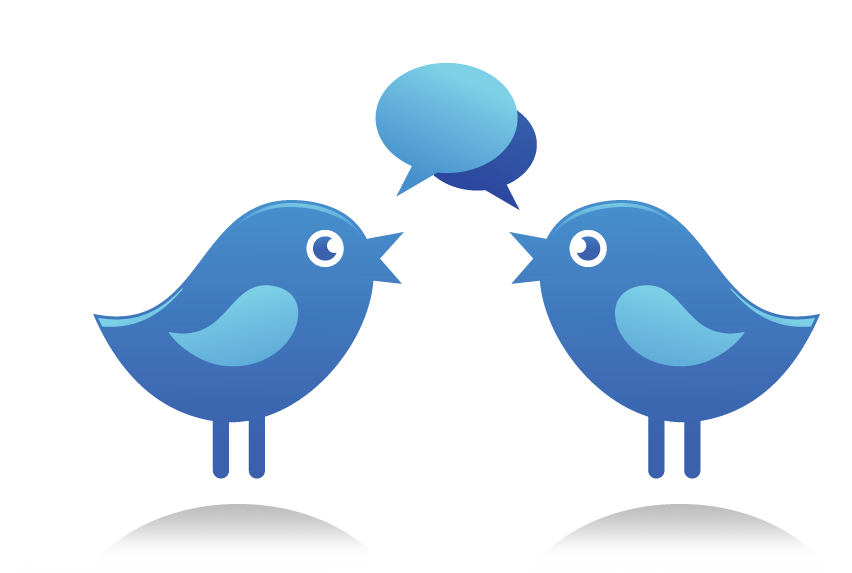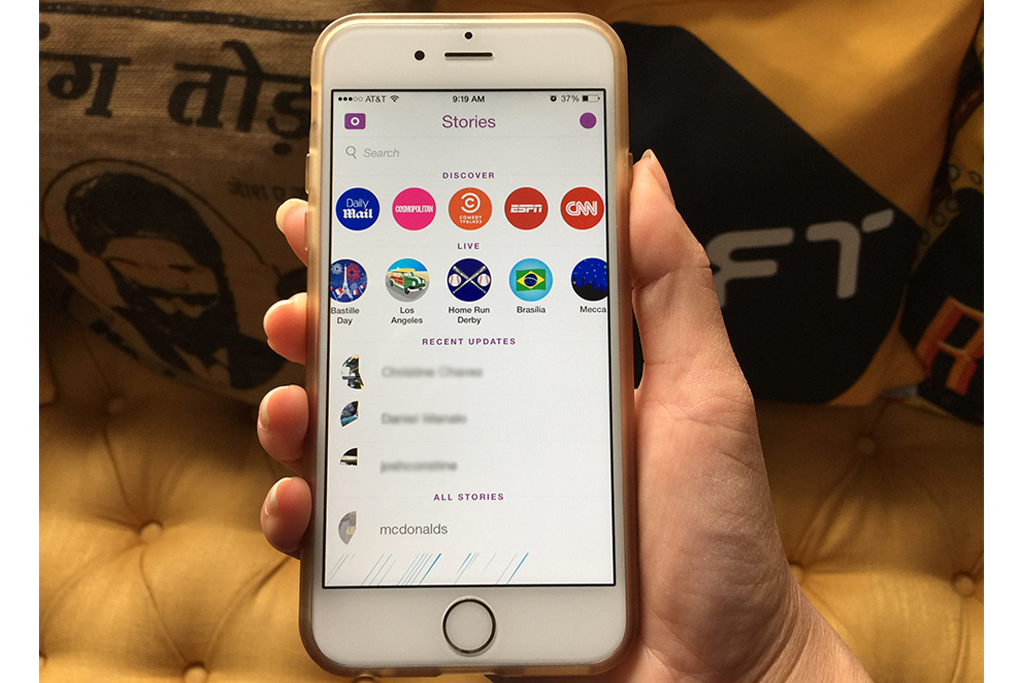Chicago PR Company Paramount Public Relations Client Case Study – Farmer’s Fridge Launch
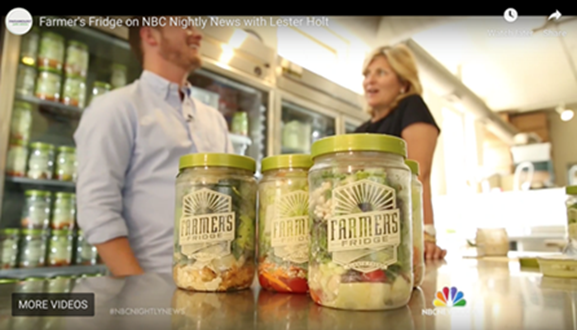
PR SUMMARY
Breaking the Mold on Fast Food
Vending kiosks dispensing restaurant-quality salads and snacks made fresh each morning was virtually unheard of before Farmer’s Fridge debuted, making headlines not only in the United States but also across the globe in countries such as Brazil, France, Spain, Italy and the UK. The Chicago-based company’s mission was to create healthy salads, soups and snacks easily accessible through completely independent and technologically advanced vending kiosks. Placed in high-traffic areas, Farmer’s Fridge’s kiosks targeted anyone who wanted to make a healthier on-the-go meal choice. The PR company recommended a campaign that leveraged their environmentally conscious, unique mason-jar salad packaging as well their donation of day-old salads to a local Chicago food pantry.
Since Farmer’s Fridge was a start-up company with a very limited budget, Paramount Public Relations leveraged media relations to the fullest. The public relations launch of Farmer’s Fridge garnered over 2 billion media impressions, sparked global discussion and challenged the concept of “fast food” today as we know it.
RESEARCH
Vending Kiosk vs. Vending Machine
While traveling for his previous job, the founder and CEO of Farmer’s Fridge, realized that healthy eating on-the-go came with a tradeoff. At highway rest areas and common fast food establishments, it was nearly impossible to find healthy, fresh options. While traditional vending machines were commonly associated with candy bars and quarters, Farmer’s Fridge’s refrigerated high-tech, touch-screen and credit-card-only kiosk seemed to fall in its own category.
One of the PR company’s main strategies was appropriately positioning Farmer’s Fridge in both the consumer and vending industry. It was important to differentiate Farmer’s Fridge from traditional vending machines without offending other players in the industry. The program strategically avoided the vending machine stigma altogether by positioning Farmer’s Fridge as a vending “kiosk.”
PR COMPANY PLANNING
The objective was to successfully launch a targeted public relations campaign for Farmer’s Fridge and the goals included:
- Introduce Farmer’s Fridge to business and consumer and trade media
- Generate coverage of Farmer’s Fridge in key media outlets
- Drive traffic to Farmer’s Fridge kiosks
- Position Farmer’s Fridge as the newest innovation in the vending machines—natural, healthy, fresh food easily available to the health-conscious consumer
- Differentiate Farmer’s Fridge from other innovative vending machines
- Leverage the founder as an innovator and industry leader
Farmer’s Fridge target audience included key health, food and trade media, consumers, business partners and health enthusiasts.
STRATEGY AND EXECUTION
Catering & Media Drops
In addition to the kiosk locations, Farmer’s Fridge also offered catering across the Chicagoland area to local businesses. Before the official launch, the team targeted mid-size companies in the Chicago Loop that were not only located near the kiosk but also corporations that could potentially become catering customers. Not only did this help test the product but also grew organic, local buzz around the concept, especially on social media. After the catering initiative, the PR team then moved on to media drops at top Chicago media outlets.
Leveraging Competitors, TV Segments and Trend Stories
For the official launch of Famer’s Fridge, Paramount Public Relations distributed the launch press release over PR Newswire and to comprehensive, targeted media lists that included both local and national media. Some additional tactics included:
- Identifying other vending “outliers” across the globe to align with Farmer’s Fridge, including caviar, champagne and makeup vending machines to include in a national trend story. Coverage included Good Morning America, San Francisco Chronicle and more.
- Pitching a healthy eating television segment tied to the New Year, which resulted in a WGN-TV
- Leveraging the popularity of the Mason jar salad trends seen on Pinterest and other websites to position Farmer’s Fridge as trend-forward.
- Monitoring timely news for any relevant angles and competitor coverage.
PR EVALUATION
Local & National Media Attention
Paramount Public Relations secured media placements in the following media outlets: NBC Nightly News, CNN, SHAPE, Fox Business News, Chicago Grid, The Huffington Post, Good Morning America, Progressive Grocer, Huffington Post, BusinessWeek, Food Network, The Daily Meal, WMAQ-TV, Yahoo! Small Business, Vending Times, Entrepreneur, MSNBC, WCIU-TV, CNET, The Daily Mail, Crain’s Chicago Business, Examiner, WGN-TV, Daily Candy, PureWOW, Well and Good and many more.
Closing
The public relations efforts for the launch of Farmer’s Fridge garnered more than 2 billion impressions with a very limited budget.
ABOUT PARAMOUNT PUBLIC RELATIONS
Founded in 2003, Paramount Public Relations is a full-service public relations and marketing agency in Chicago that offers big-agency expertise with a boutique, entrepreneurial mindset. With every campaign, the firm makes it their goal to solve communications challenges, build brand identity and create visibility in the competitive media marketplace. The agency’s programs aggressively and creatively push client’s position to key audiences—consumers, employees, industry peers, analysts and, of course, national and local media—and they demonstrate a profound understanding of how to work with these audiences and gatekeepers. Above all, Paramount Public Relations works hard and measure their performance by the results. For more information, please visit www.paramountpr.com, call 312-544-4190 or email [email protected].
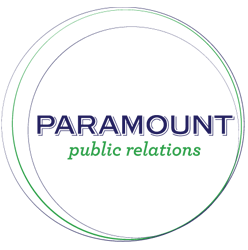
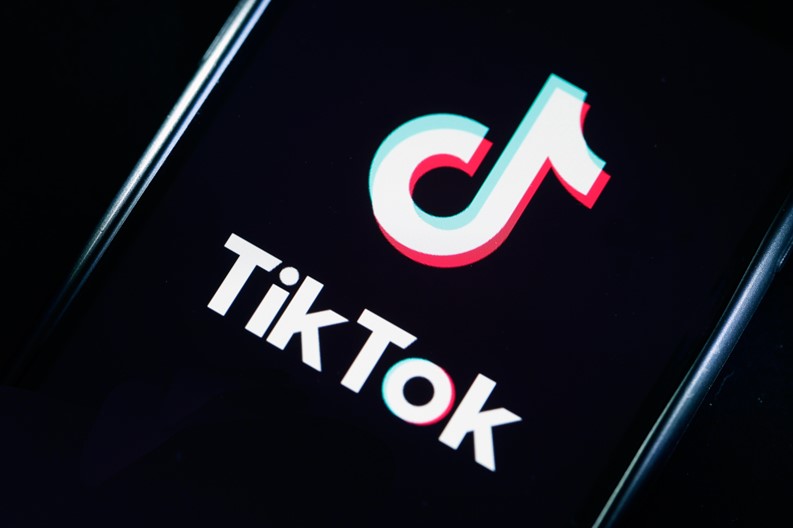 For a closer look at TikTok’s impact in 2020, click
For a closer look at TikTok’s impact in 2020, click 